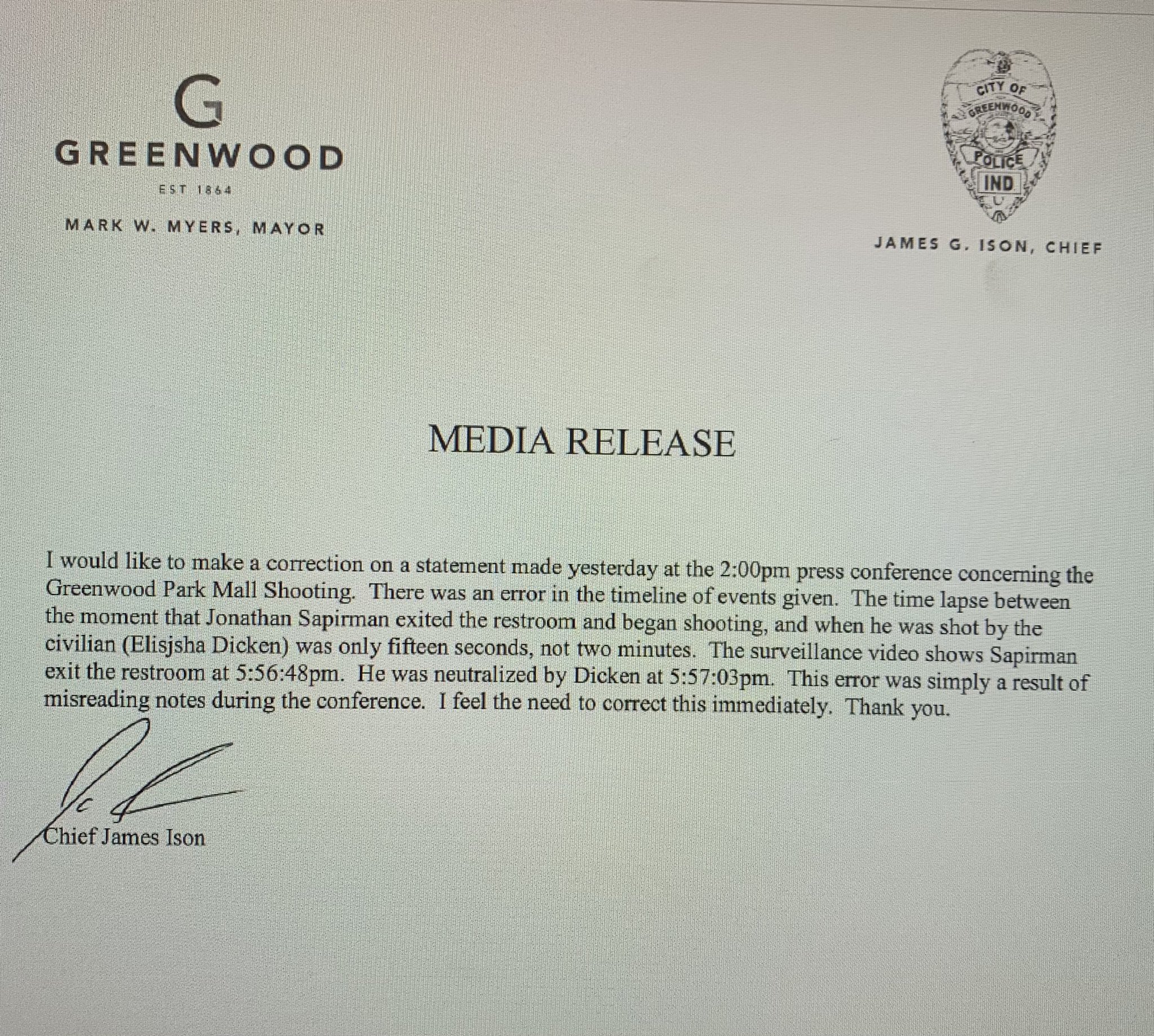Whistleblowers sound alarm on FBI’s anti-gun effort
We’ve previously written about the FBI’s anti-gun shenanigans. In particular, how the FBI was pressuring Americans to essentially sign away their Second Amendment rights in an effort to apparently avoid prosecution.
It was particularly troubling, to say the least. Now, whistleblowers are offering warnings on the program in question.
FBI whistleblowers are raising concerns over the bureau’s involvement in a secret plea agreement conditioned by the U.S. government that stripped a defendant of their rights to own, buy, or even use firearms.
The FBI and Secret Service worked behind closed doors with an apparent prosecutor in 2019 to condition the signing of the form, which also stripped at least 60 people of their gun rights between 2011 and 2019, according to multiple Washington Examiner reports. Two FBI whistleblowers say the bureau’s actions in connection to the forms are yet the latest revelation of the politicization of agencies, an allegation at the heart of the newly launched GOP-led weaponization of the federal government subcommittee…
Kyle Seraphin, an FBI whistleblower and agent until April 2022 who notably leaked information related to the Justice Department taking aim at parents on school boards, said the bureau’s internal form usage is an example of it going “rogue.”
“I think it 100% relates to that,” he told the Washington Examiner. “There’s no meaningful oversight by Congress. The FBI resists oversight whenever it wants to hide behind the guise of an ongoing investigation or national security — take your pick. And it refuses to reveal information that is necessary for oversight.”
“This happens all the time,” Seraphin added.
The FBI has continued to come under fire for obtaining signatures on the NICS forms, which were also fed to at least five hospitals and medical centers so they could use them on patients, the Washington Examiner reported on March 7. The facilities were located in New Hampshire, Delaware, Massachusetts, and Oklahoma, documents show.
However, as the Examiner notes, there’s nothing in the Gun Control Act of 1968 that permits these forms in the first place. While people who are a danger to themselves or others may be adjudicated by the courts as such, there’s no provision for being listed as such on a “voluntary” basis.
Further, there doesn’t appear to be any legitimate reason for the FBI to do anything like this, much less make such documents available to other law enforcement agencies or healthcare centers.
Let’s also not pretend that anything about this was really voluntary.
If the FBI shows up on your doorstep saying you’ve been a naughty boy or girl and then sits a form down in front of you saying that if you sign this, everything goes away, is that really voluntary? I mean, they don’t have a literal gun to your head, but there is a proverbial one.
No, they were coerced, plain and simple.
It’s well past time for them to have been called out for it, too.
At least 60 people have been stripped of their Second Amendment rights due to the FBI’s intimidation. That’s not how things are supposed to work in this country. It’s well past time we made sure things happened as they’re supposed to and not how some unelected bureaucrat thinks they should work.
Frankly, I can’t help but wonder if charges for those responsible are appropriate or not, but if so, I want the book thrown at them.







